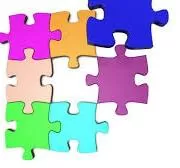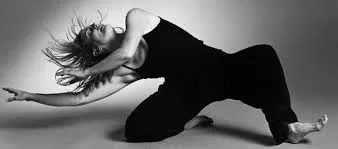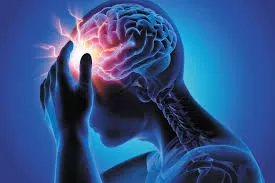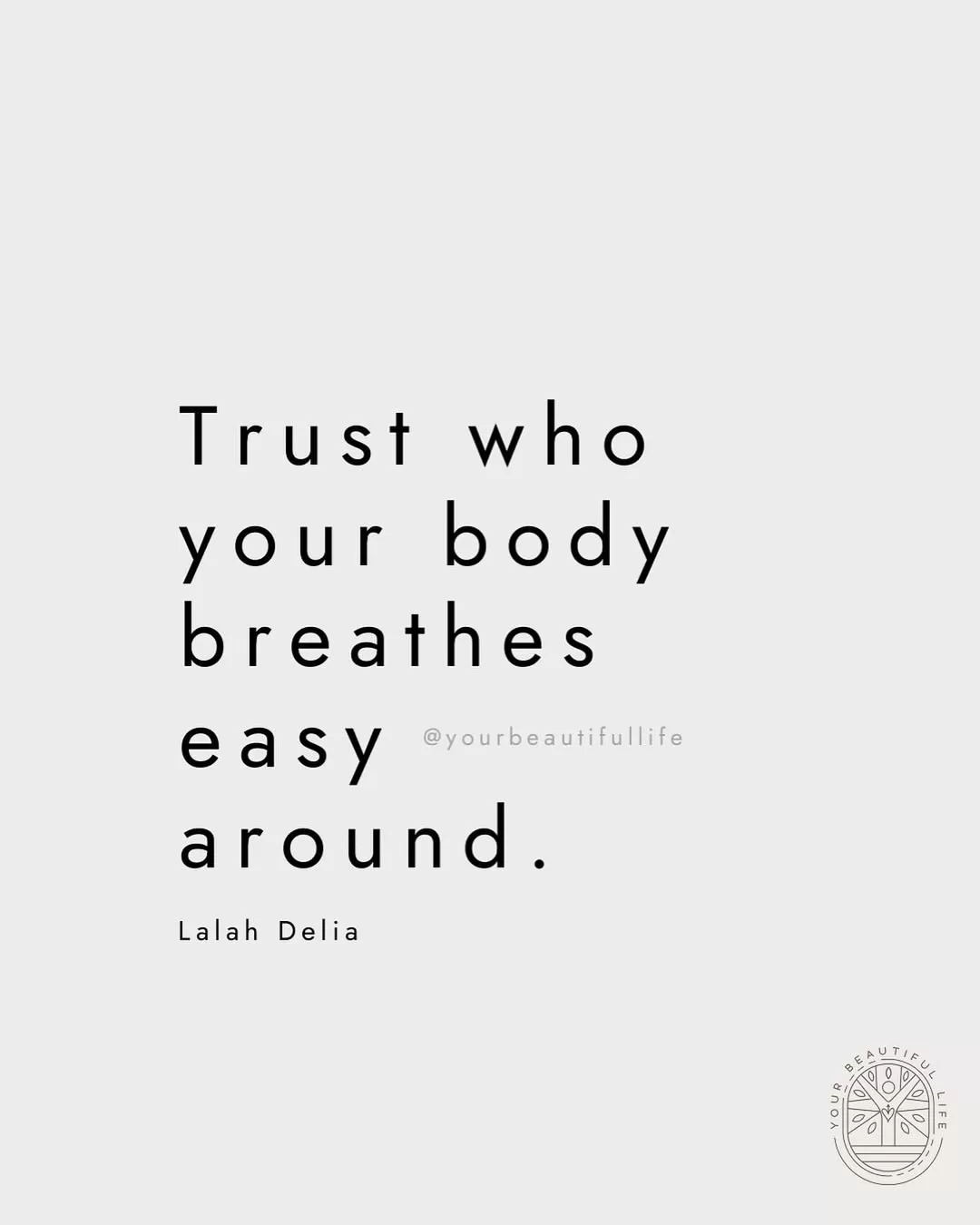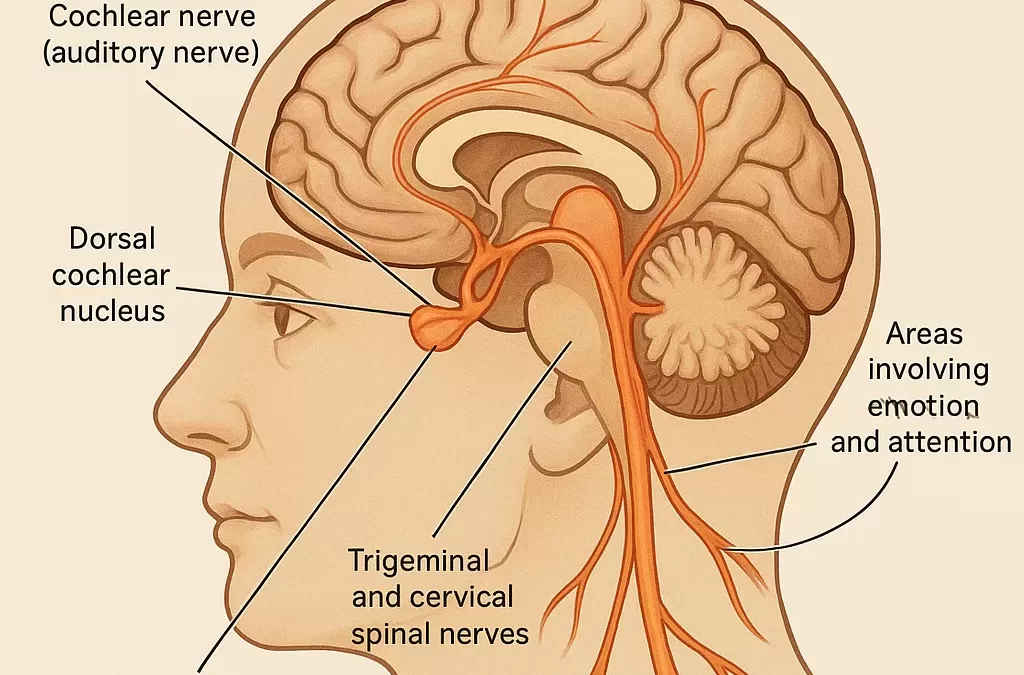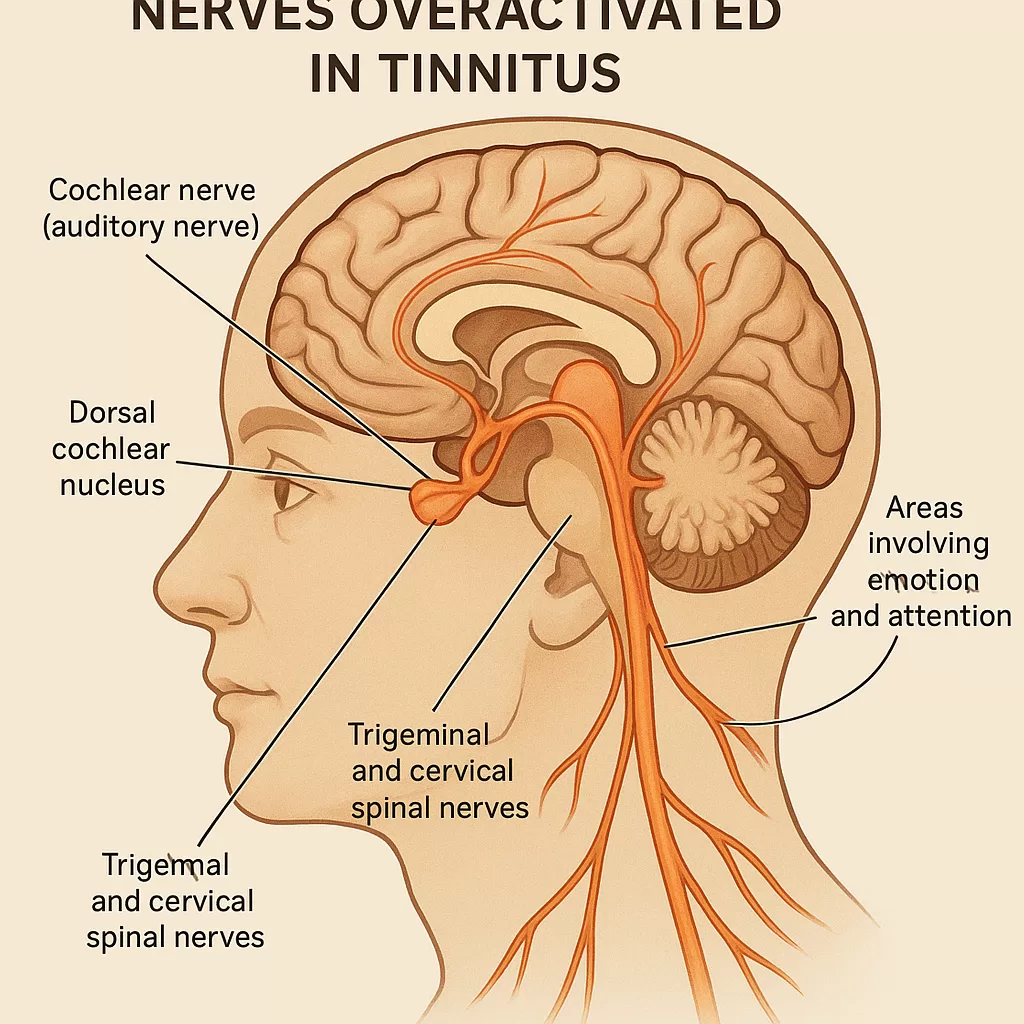
How to Take Care of Your Toes

Let’s Talk Toes!
Today, I want to bring a little attention to a part of the body we often ignore: your toes!
They’re easy to take for granted, aren’t they? But these little digits do so much more than we realize. Without them, standing, walking, even balancing would be far more difficult. Your toes quietly support you every single day.
Here’s just a glimpse of what they do:
-
Help you balance
-
Push off the ground with every step
-
Absorb shock
-
Adapt to different surfaces
-
Support the arches of your feet
When we’re younger, toes are usually flexible and mobile. But over time, especially with certain shoes (yes, high heels—I’m looking at you!), they can stiffen or even conform to unnatural shapes. I’ve seen it with many clients. One woman’s feet eventually took on the shape of her heels after years of wearing them.
The truth is, how we stand, move, and hold ourselves all starts at the ground level—your feet. And when your toes are tight or misaligned, it affects everything above them. Your ankles, knees, hips, spine, and even your neck can be impacted.
So here’s my suggestion: spend a few minutes every day moving your toes.
Point. Flex. Curl. Spread them. Move them up, down, in, out. Let them explore.
Try lying on your back and using the wall to gently stretch your toes and feet into flexion and extension. Afterwards, give your toes a little traction—gently pull each one. It can bring immediate relief to tired feet and, believe it or not, even ease tension in your neck or help with headaches.
That’s the magic of fascia—it’s all connected. When your toes feel more alive, your whole body benefits. It makes a difference in how you move, how you rest, and how grounded you feel in the world.
Just because we’re aging doesn’t mean we have to give up flexibility or stability. We can choose to stay connected—mindfully, from the ground up. Grounding is important for keeping us healthy.
P.S. I love working with the Craniosacral rhythm of the toes. It’s subtle, powerful, and deeply renewing.
Cetified Diplomate Upledger at the Highest Level of Expertise in Columbus, Ohio
Warmly,
Sharon Hartnett CST-D? 614-653-8111
? www.craniosacraltherapistcolumbus.com


